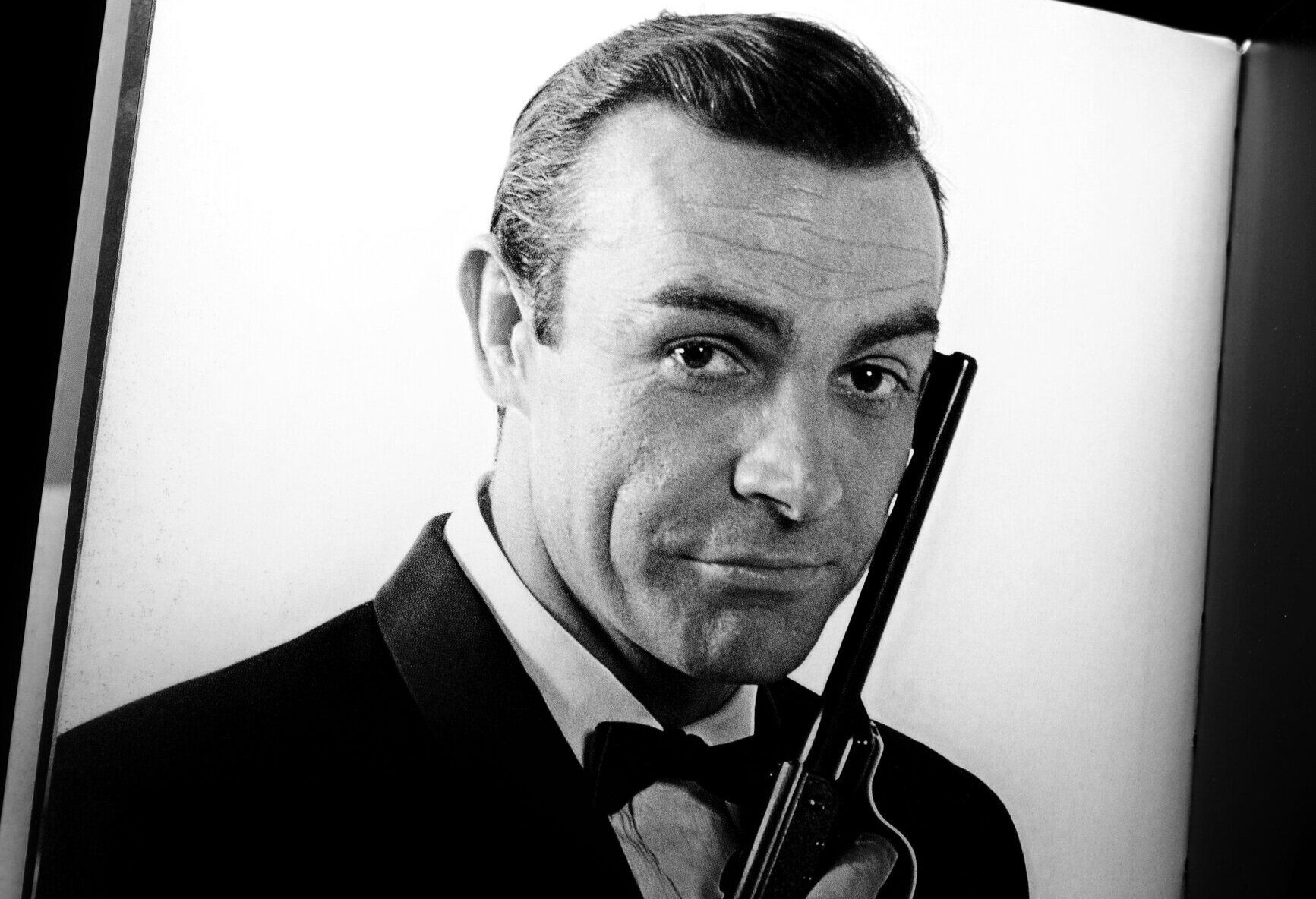One of the most common mistakes in brand storytelling is making the brand the hero. It’s an easy mistake to make. Companies work hard on their brands and products, dig to understand what differentiates the brand from its competitors, how it connects with target consumers, etc. After all that work, one naturally wants the brand to get all the credit.
But that would be a mistake.
No, most consumers/customers don’t think of themselves as James Bond. They see themselves living life and facing a wide range of challenges that get in the way of their ultimate goals. When I say wide range, I mean it stretches from cleaning floors and bathrooms, to shaving and grooming, to financial products, to medical devices. People aren’t looking for a brand or product to come in and take over. They are looking for help solving their challenges so they can go on with their lives. This means that the brand needs to act less like James Bond and more like his problem-solving counterpart, Q.
Let’s look at a couple examples:
1. Cleaning products: Many consumers know Mr. Clean for his handsome good looks, confident smile, and cleaning strength. It would be easy to position Mr. Clean as the guy who comes to the rescue and does all the hard work, but that’s not how consumers see it. When it comes to removing rings around the bathtub, it isn’t Mr. Clean who rolls up his sleeves and scrubs away. That’s mom’s (and dad’s) job. Mr. Clean has permission to be the guy who helps make her job easier by giving her the best solution to cut through grime. He is Q to her James Bond.
2. Hanging solutions: 3M’s Command brand is an incredibly convenient way to hang just about anything around the house. The adhesive strips apply easily and remove just as quickly once you’re done. This is a classic Q solution. The frustration consumers faced before Command strips showed up was having to punch a hole in the wall to hang something, which required tools, the willingness to damage a wall, and the need to patch a hole if you missed the first time or changed your mind. James Bond in this case was trying to make her space more functional and beautiful but was frustrated by the hole in the wall problem. Then came Q with “damage-free hanging solutions”. Now Bond could change the location of a hanging as quickly and easily as changing her mind.
The model holds true across endless categories. In banking, the financial products offered are tools that enable consumers to succeed. In the kitchen the disposer is the magical device that enables homeowners to clean up in a hurry. In surgical devices, the devices are specialized tools that enable surgeons to perform amazing feats in the operating room. In heavy industry, the valve actuators enable the engineers to route their chemicals to create products that will solve industrial-sized issues.
One CEO of a large multi-national company we worked with liked to say that everything his company did was to help their customers win. He understood that even though his company made some incredible products, the reason his customers bought those products from him was because his entire company functioned as Q. Their job was to deliver amazing solutions that enabled their customers to be the heros.
That’s exactly the right way to think about your brand.
James Bond is always on the run, always getting himself into unexpected situations in his quest to save the planet from the evil of the hour. He desperately needs someone looking out for him and creating solutions Bond doesn’t even know he needs yet. When brands get their position and story right, consumers and customers embrace the brand as part of the family. When the brand tries to be the hero, they compete with the consumer and are more likely than not to suffer a painful demise or, worse, languish in the world of the irrelevant.
When in doubt, be Q.

